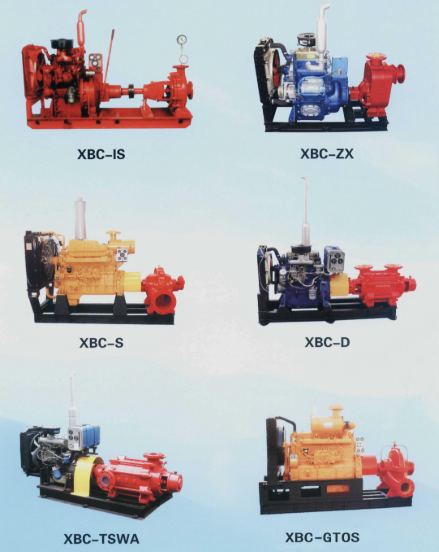The operating principle of diesel engine fire pump
The operating principle of the diesel engine fire pump mainly relies on the power drive of the diesel engine and the liquid delivery function of the fire pump. Through the coordinated work of the two, the purpose of quickly and effectively providing fire-fighting water sources in emergency situations such as fires is achieved.
The following is a detailed explanation of its operating principle:
1. Diesel engine power drive:
As the power source of the fire pump, the diesel engine works by burning diesel to produce high-temperature and high-pressure gas.
When the diesel is ignited in the combustion chamber, the high-temperature and high-pressure gas generated pushes the piston to reciprocate.
The reciprocating motion of the piston is converted into rotational motion through the connecting rod and crankshaft, thereby driving the fire pump to work.
2. Fire pump liquid delivery:
The fire pump uses the power transmitted by the diesel engine to drive the impeller in the pump body to rotate.
When the impeller rotates, it will generate centrifugal force in the pump body, so that the liquid is sucked in from the suction port of the pump and obtains energy through the rotation of the impeller.
The liquid that obtains energy is pushed to the discharge port of the pump body, forming a certain pressure and flow, thereby realizing the delivery of the liquid.

3. Overall workflow:
When a fire occurs, the control system will receive a start signal and then start the diesel engine.
The diesel engine starts working and transmits power to the fire pump through the coupling.
The fire pump starts running, sucking water from the water inlet and discharging it from the water outlet after pressurization, forming a stable water flow, providing the required water volume and pressure for fire extinguishing.




